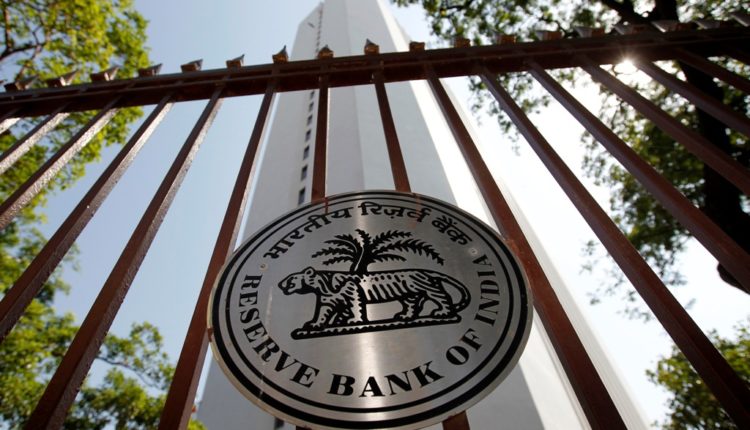Mumbai: The Reserve Bank of India (RBI) will announce the 2nd bi-monthly policy statement for the current financial year i.e. FY20 today at 11.45 am. Several analysts have predicted that the RBI is likely to cur credit rates with a view to accelerate the economic activity. CARE Ratings have predicted that there is a 50% chance that RBI would go for a 25 bps rate cut.
The timing of the MPC meeting is important, since it is the 1st MPC meeting after the release of the GDP data by the Central Statistical Office. In the Jan-March quarter India’s GDP has slowed to 5.8% indicating a slowdown in the economy. Also, the MCP will also consider the issue of rising Food Inflation, before finalizing its monetary policy.
What to expect from the RBI?
A. Rate action: We believe that there is a 50% chance that the MPC would go in for 25 bps rate cut to provide much needed thrust to the economic growth. The MPC had noted in the previous meeting that the domestic economy is facing headwinds especially on the global front and there is a need to strengthen domestic growth by spurring private investment. The only challenge to the MPC is the retail inflation trajectory and the upside risks to it.
B. Stance: The RBI will maintain its stance at neutral given that the inflationary potential still exists, making it too early for the stance to be revised.
C. GDP growth: The RBI in its earlier policy meet had pegged GDP growth at 7.2% for FY20. Despite the slowdown in Q4 of FY19 and high frequency indicators also not indicating an improvement, we believe that RBI will not revisethe GDP growth for FY20 and keep it at 7.2% for FY20. CARE Ratings also expects GDP to grow by 7.2% in FY20.
D. CPI inflation: CPI inflation is projected to be around 2.9-3% for H1FY20 and 3.5-3.8% for Q3FY20 by the RBI in its last monetary policy. CARE Ratings expect CPI inflation to average 4% in FY20, 60 bps higher than a year ago. Therise in inflation will mainly be on account of waning of favourable base effect, rise in consumer and general spending, possible upward movement in the oil prices and increase in food prices.
E. Liquidity situation: We believe RBI’s effort to ease liquidity will continue both via OMOs and long term rupee dollar swap. However, this would be more via OMO purchases.

